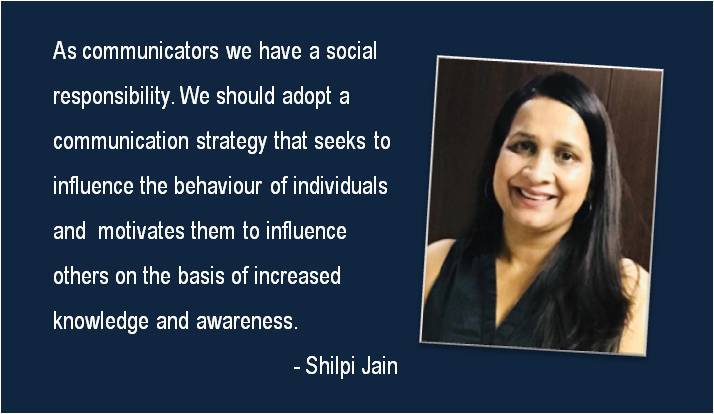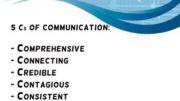Tipi Tipi top…what colour do you want?
Little do we realise that subconsciously we begin our journey with colours. The universal favourites red, blue, pink, yellow and so on in the young minds soon give way to the more serious browns, blacks and whites. And, we just cannot afford to conveniently pass on the buck to genes and Lord Krishna in his melanin syndrome … Radha kyoon gori, main kyoon kala? (Why is Radha so fair when I’m dark?).
There is a thin line of difference between colourism and racism. While the former hinges on shadism, it instantly creates a visual connect which cannot be hidden, the latter is more constructed and conditioned over the years primarily visible on application forms (thankfully now optional at places!) Conveniently inter-played and impregnated, most often colourism leads to prejudices and discrimination.
And like it or not, we idolise white and we glorify its perpetuation through media.
The year 2010 saw Vaseline launch a skin-whitening app on Facebook in India, enabling users to make their skin whiter in their profile pictures. The application was designed to promote the brands’s range of skin-lightening creams for men to tap into the lucrative market in the subcontinent. Close on the heels was personal care brand Dove soap ad that depicted transformation in women skin colour (from dark to light). Termed as racial by social media, the brand later apologised for “missing the mark in representing women of colour thoughtfully.” In 2010 Jamaican dancehall star Vybz Kartel came under fire after lightening his skin. He said: “I feel comfortable with black people lightening their skin. It’s tantamount to white people getting a suntan.” One of the most bizarre findings was a study conducted at Villanova University in Pennsylvania which found that lighter-skinned women were more likely to receive approximately 12% less time behind bars than darker-skinned women!
The media sets the tone for morals, values, and images of our culture. It creates and sets us apart. A case in point are the strong social and psychological impacts created by all forms of media – be it the print or new media. No one is spared. The ever famous Oprah Winfrey has also been at the receiving end when, in an interview with Swiss newspaper Blick a few years ago, she stated that racism is something that ‘people of black or brown colour experience daily.’
Media representation matters. It is baffling to often see main characters mostly white or fair skinned in films and television. Although there have been improvements, such as in the Oscar winning film –Moonlight; Black Panther and the exciting space world epic, Star Wars: The Force Awakens, there are still miles to go. Individuals like Halle Berry, Will Smith, Denzel Washington, to name a few, have made a name for themselves, but it may be worth questioning whether their individual success actually signifies progress as a whole or is it just luck by chance!
According to a report Reality in Television, “Studies have shown that television teaches stereotypical attitudes and preconceptions about people and lifestyles that they would have no contact with outside of watching the way these people are shown by television.” The medium ‘whitewashes’ children and often colours their world with pre-conceived notions where television becomes the teacher.
Colour psychology often influences purchases. Media ads with big bucks behind them glorify and benefit businesses. From the age old, Fair & Lovely, and Pears Naturals Fairness from Hindustan Lever Ltd (HLL), to Emami’s Naturally Fair, Avon’s PT-White Fairness cream, Revlon’s Touch & Glow, CavinKare’s Fairever, white is big business. Does anyone really care that Prohibition of discrimination on grounds of religion, race, caste, sex or place of birth is a clear violation of Article 15 of Constitution of India?
It is important to pay attention to how media gives the information? Media is extremely pervasive. Constantly and readily available, it can both consume and subsume.
As communicators we have a social responsibility. We need to educate audiences and that education can simply be based on cultural differences and each one’s accomplishment. Often interpersonal contact may work best to address colour prejudice, but to realise the universal goal of building a humane society, the potential of mediated and new media can also be leveraged. An essential component could be to adopt a communication strategy that seeks to influence the behaviour of individuals, motivates them and builds their capability to influence others basis increased knowledge and awareness.
What is therefore needed is a conscious bit more on skilling, building media sensitivity for coverage that transcends beyond boundaries and just does not magnify light skin vs dark skin.
The views expressed here are that of the author and do not necessarily reflect that of Reputation Today.







Be the first to comment on "Colour Calling"